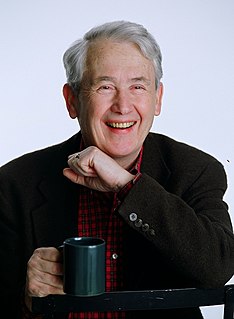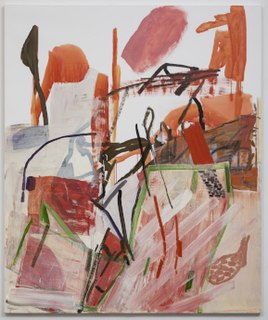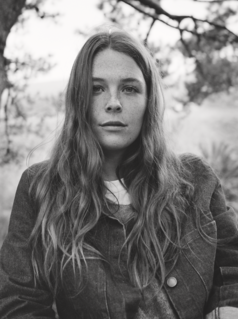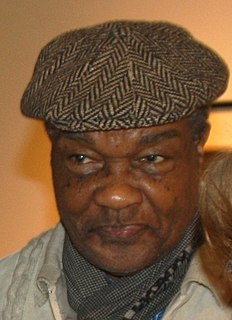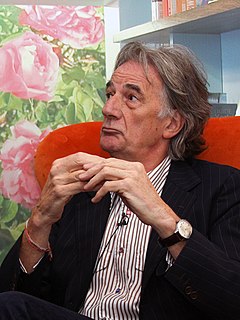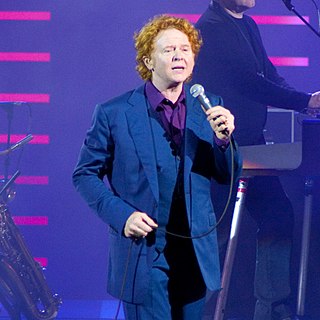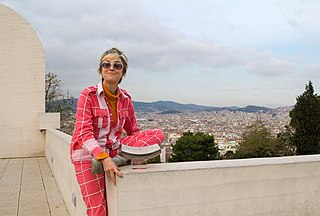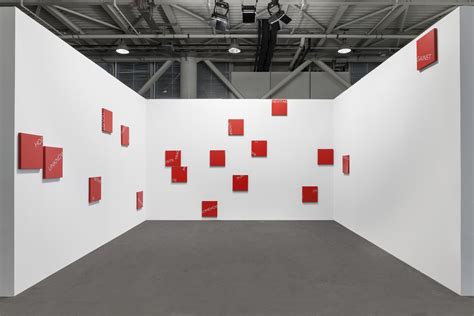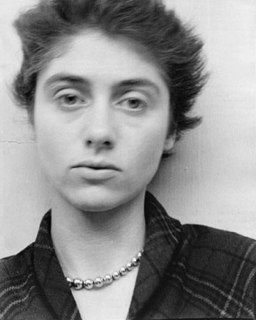A Quote by Annie Leibovitz
I went to school at the San Francisco Art Institute, thinking I was going to become an art teacher. Within the first six months I was there, I was told that I couldn't be an art teacher unless I became an artist first.
Related Quotes
Who would be an artist that was perfectly happy? Maybe nowadays, but when I grew up in the '60s, you had nobody in the art club who was popular. No cheerleaders in the art club. I was told that I couldn't be a painter by my first painting teacher. I said I wanted to go to Cooper and be an art student, and he said, "You'll be a waitress." It was really the strangely indifferent parenting.
I was a very sickly kid. While I was in the hospital at age seven, my Dad brought me a stack of comic books to keep me occupied. And I was hooked. When my eighth grade art teacher, Mr. Smedley, told me he thought I had actual art talent, I decided to devote all my efforts in that direction in the hope that I might someday get into the comics biz. I became an art major, took every art class my school had to offer. In college, I majored in Advertising Art and Design.
My students used to say, one such as Mary O'Neal, that I identified the students by their boyfriend/girlfriend relationship. That was the way I knew them and keep up with them. Mary was the girlfriend of Stokely Carmichael. She later became a fine painter of distinction and taught at the San Francisco Art Institute, and later became chairman of the Department of Art at Berkeley.
Jack Sturtzer, one of my cousins, had gone to art school and suggested that I might be interested in a private school called the Art Institute of Buffalo, and in fact that is what happened. So upon graduation in 1948, I then went to stay with my cousins on Seventeenth Street and enrolled in the program at the Art Institute on Elmwood Avenue.
At art school, a teacher said: 'The best paintings are when you get lost in a piece of work and start painting in a stream of consciousness.' I wanted to do music, not art, so started writing lyrics that way. The first song I wrote was called 'Ice Cream and Wafers.' The next was 'Holding Back the Years.'
Fine art, that exists for itself alone, is art in a final state of impotence. If nobody, including the artist, acknowledges art as a means of knowing the world, then art is relegated to a kind of rumpus room of the mind and the irresponsibility of the artist and the irrelevance of art to actual living becomes part and parcel of the practice of art.



